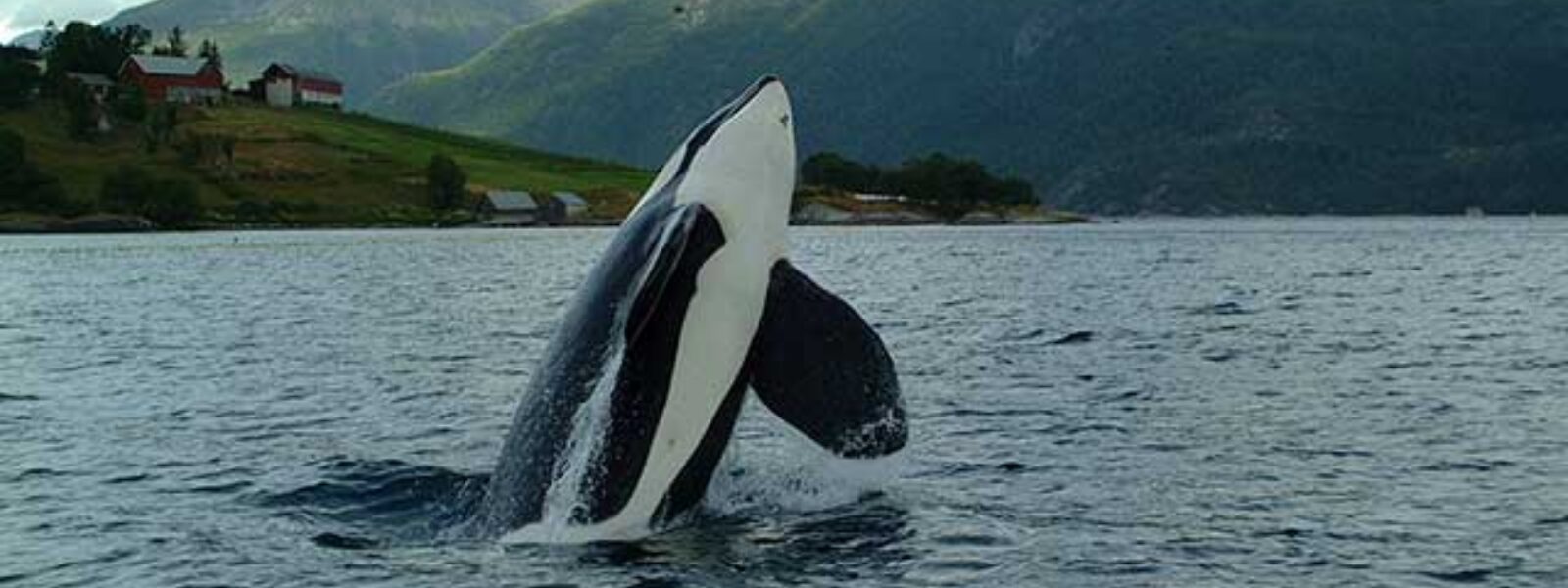

Following the huge success of the movie “Free Willy,” Director Richard Donner, his wife and fellow Producer Lauren Schuler Donner, and Warner Brothers were at a loss as to what to do with Keiko, the real orca who played the role of Willy. Keiko was held in a small tank in Mexico City, which was both too warm for orcas and at a high altitude.
The Donners came to the International Marine Mammal Project, with whom they had worked before, and asked for our help in rescuing Keiko.
I have no doubt whatsoever that SeaWorld’s refusal to consider retirement of captive orca whales to sea pen sanctuaries is based on the commercial gain associated with retaining orcas at their facilities rather than on a factual evaluation of sea sanctuary retirement.
So we formed the Free Willy/Keiko Foundation to rescue and relocate Keiko. The plan to was to move Keiko to a new rescue and rehab center at the Oregon Coast Aquarium in Newport and eventually, once rehabilitated and strengthened, move him to a sea pen in his home waters of Iceland.
Keiko became the first captive orca whale ever returned to his native waters, and he thrived in a netted off bay with occasional jaunts out to swim with wild whales for more than five years.
SeaWorld’s new advertising campaign seriously mischaracterizes the viability of sea pen sanctuaries and their beneficial use for orca retirement in comparison to the detrimental impacts of continued lives of captive orcas in concrete tanks. Perhaps we should not be surprised.
Keeping orcas for the rest of their lives in barren, concrete tanks will generate tens of millions of dollars for SeaWorld. But it comes to an extreme cost to captive orcas’ psychological and physical health. SeaWorld is refusing to pursue the most humane option for this last generation of orcas in captivity: retirement to seaside sanctuaries where they would still receive care, live in natural seawater with much more space to roam.
Orcas are perfectly adapted to life in the ocean. They are far-ranging, top predators with incredible intelligence and complex social lives. The psychological deprivation and physical stress of SeaWorld’s small, artificial concrete tanks causes suffering and shortened lives. All evidence suggests that sea pen sanctuaries can provide a more spacious, enriching, dynamic environment to promote orca health and wellbeing. In fact, current research strongly indicates that dolphins housed in sea pens do better than those in concrete tanks – they behave more normally, they are less stressed, and they even have better survival rates. Notably, SeaWorld’s pledge to end captive breeding of orcas does not extend to the other cetaceans they are holding: dolphins, beluga whales, pilot whales, and others.
The Keiko reintroduction program we put together for the Free Willy/Keiko Foundation was always about seeing if Keiko could be reintroduced to wild orcas and bond with them after more than 20 years in captivity. He had continual support from his caregivers, and Dr. Lanny Cornell, a former lead SeaWorld veterinarian, oversaw Keiko’s major health, behavioral, and welfare benefits derived from being in his native habitat, where he could engage in straight-line swimming, deeper dives, and more natural behaviors. While Keiko did not re-connect with wild orcas on any permanent basis, he interacted with his own kind in his natural birth environment in ways that an artificial environment found in captivity could never provide.
In Iceland, Keiko lived in the wild in a very large enclosed bay for the latter years of his life; he had the opportunity to interact with orcas and other wild animals in the open ocean and gained health and stamina from being able to swim long distances.
After more than twenty years in concrete tanks, Keiko’s remaining years were significantly enhanced by having the opportunity to live in an enclosed ocean bay with many weeks of forays in the open ocean each year.
Keiko had an amazing transformation from listless, underweight, and in poor health, all the way to swimming with wild whales in his native waters in Iceland where he had not been since his capture at age two.
And importantly, Keiko lived far longer than most male orcas held at SeaWorld have. SeaWorld has a lot to say about Keiko, but little to say about the captive male orcas that have died early deaths in their tanks.
Our goal is to extend the success we had with Keiko to other captive orcas. Many will probably not be good candidates for release, as many were born in captivity and have never known life in the wild, while others are likely too old to return to a life in the wild. But we believe all captive orcas would benefit from living in large sea pen sanctuaries, where they would continue to be fed and receive veterinary care for the rest of their lives.
They would not have to do circus tricks for food, and they would have much more freedom in a much more varied ocean environment.
SeaWorld should stop their anti-Keiko propaganda and work with all of us who are working to establish sea pen sanctuaries to retire their remaining orca captives.
It is the right thing to do.